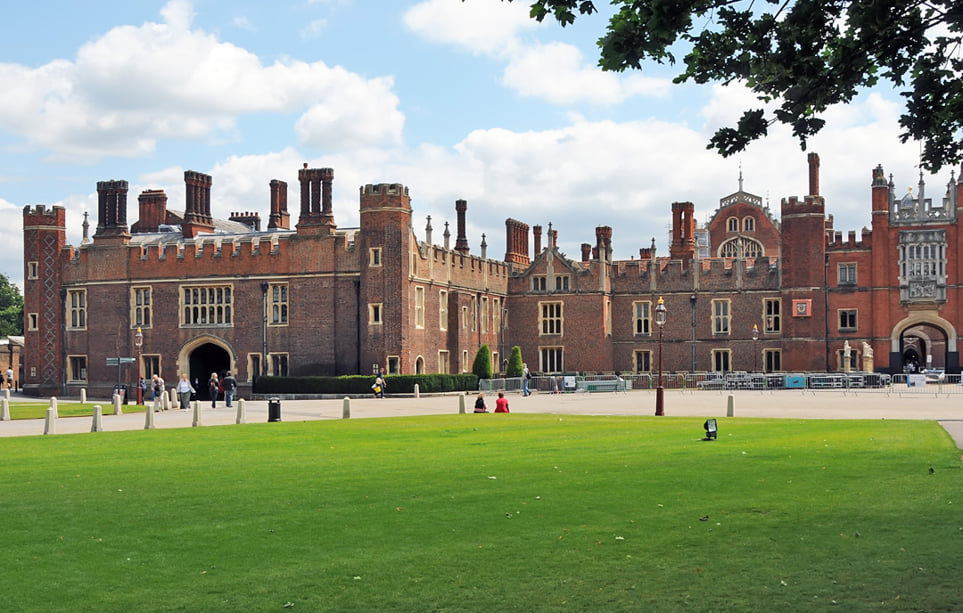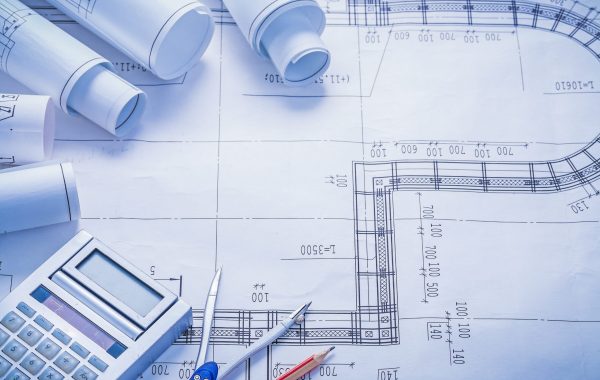The Hidden Backbone of Construction: Unraveling Structural Calculations in Richmond Hampton
In the picturesque area of Richmond Hampton, where the River Thames flows serenely and history whispers through the streets, the construction industry thrives, blending the old with the new. Yet, beneath the surface of every magnificent structure lies a silent but crucial element: structural calculations. Often shrouded in technical jargon and overshadowed by architectural flair, structural calculations are the unsung heroes of building design. This article aims to unveil the intricate world of structural calculations in Richmond Hampton, offering a fresh perspective on their importance, processes, and unique local considerations.
Understanding Structural Calculations
Structural calculations are a systematic approach to determining the stability and safety of a building. These calculations assess how forces—such as gravity, wind, and seismic activity—interact with various components of a structure, from beams to foundations. Engineers utilize principles from physics and mathematics to ensure that buildings can withstand external pressures while remaining functional and aesthetically pleasing.
The Importance of Structural Calculations
Guardians of Safety: At the forefront of any construction project is safety. Structural calculations act as a protective shield, identifying potential weaknesses in design before construction begins. This preemptive approach not only safeguards the lives of occupants but also protects the financial investment involved.
Navigating Local Regulations: Richmond Hampton has its own set of building codes and regulations that must be adhered to. Structural calculations are integral to obtaining the necessary permits, ensuring that projects comply with legal requirements while meeting community standards.
Enhancing Economic Viability: Accurate calculations optimize the use of materials, preventing wastage and excessive expenditure. By striking a balance between design and cost-effectiveness, structural calculations contribute to the financial success of construction projects.
Fostering Innovation: Armed with precise structural calculations, architects and designers can innovate fearlessly. Understanding the limits and capabilities of materials allows them to explore bold designs that can redefine Richmond Hampton’s skyline.
The Process of Structural Calculations
1. Initial Assessment and Design Collaboration
Every successful structural calculation process begins with a comprehensive assessment. Engineers collaborate with architects to gather vital information about the project’s goals, aesthetics, and functional requirements. This collaborative spirit sets the stage for tailored calculations that reflect the unique vision of the development.
2. Detailed Load Analysis
Load analysis forms the backbone of structural calculations. Engineers must meticulously identify and quantify all loads acting on the structure, including:
- Dead Loads: The permanent weight of the structure itself, including walls, roofs, and fixed installations.
- Live Loads: Dynamic loads that can vary over time, such as occupants, furniture, and movable equipment.
- Environmental Loads: Forces exerted by wind, snow, rain, and seismic activity, particularly relevant in Richmond Hampton due to its climatic conditions and proximity to the river.
3. Material Selection and Evaluation
Choosing the right materials is critical for ensuring structural integrity. Engineers evaluate options such as steel, concrete, and timber, considering their properties, costs, and environmental impact. In Richmond Hampton, where sustainability is increasingly valued, selecting eco-friendly materials can play a significant role in a project’s success.
4. Advanced Structural Analysis Techniques
With the information gathered, engineers employ sophisticated analysis techniques to simulate how structures will respond under various conditions. Methods include:
- Finite Element Analysis (FEA): This computational technique allows engineers to break down complex structures into smaller, manageable elements, making it easier to assess stress and deformation.
- Dynamic Analysis: Essential for understanding how structures respond to dynamic forces like wind or earthquakes, ensuring that they remain stable and secure.
5. Validation Against Codes and Standards
After thorough analysis, designs must be validated against Richmond Hampton’s local building codes and national standards. This ensures compliance and fosters community trust in the safety and quality of new constructions. Any necessary adjustments are made to meet these regulations.
6. Documentation and Reporting
Meticulous documentation is crucial at every stage of structural calculations. Engineers compile comprehensive reports detailing methodologies, calculations, and design choices. This documentation serves multiple purposes, from securing permits to providing a reference for future inspections and maintenance.
The Role of Structural Engineers
Structural engineers are the architects of stability in the construction realm. Their expertise goes beyond mere calculations; they are problem solvers and communicators, ensuring that all stakeholders understand the implications of design choices. Their responsibilities include:
- Risk Assessment and Management: Engineers identify potential risks early in the design process, proposing solutions that enhance safety and reliability.
- Collaborative Communication: Effective communication between engineers, architects, and contractors is vital for a successful project. Engineers must translate complex technical information into accessible language, fostering a collaborative environment.
Richmond Hampton: A Unique Context for Structural Calculations
Environmental Influences
Richmond Hampton’s beautiful riverside location and varying topography introduce unique environmental factors that must be considered in structural calculations. Flooding potential, wind patterns, and seasonal variations all play a role in shaping safe and resilient structures. Engineers must conduct thorough site analyses to address these factors, tailoring designs to withstand Richmond’s specific conditions.
Historical Context and Aesthetic Integration
With its rich architectural heritage, any construction or renovation in Richmond Hampton requires sensitivity to historical context. Structural calculations must ensure that new designs complement existing structures, preserving the character and charm of the area. Engineers play a crucial role in navigating these delicate balances, creating modern yet respectful designs.
Sustainable Construction Practices
As the focus on sustainability intensifies, Richmond Hampton is leading the way in eco-friendly construction practices. Structural calculations are integral to implementing sustainable design principles, from optimizing material use to integrating renewable energy systems. Engineers are tasked with not only ensuring structural integrity but also promoting environmental stewardship.
Conclusion
In Richmond Hampton, structural calculations are more than just technical requirements; they are the foundation upon which safety, innovation, and community trust are built. By understanding the intricacies of these calculations, stakeholders can appreciate their critical role in shaping the built environment. As Richmond Hampton continues to evolve, the expertise of structural engineers will remain indispensable in creating resilient, beautiful, and sustainable structures that honor the area’s rich heritage while embracing modernity. In this way, structural calculations not only support buildings—they support the very fabric of the community itself.





